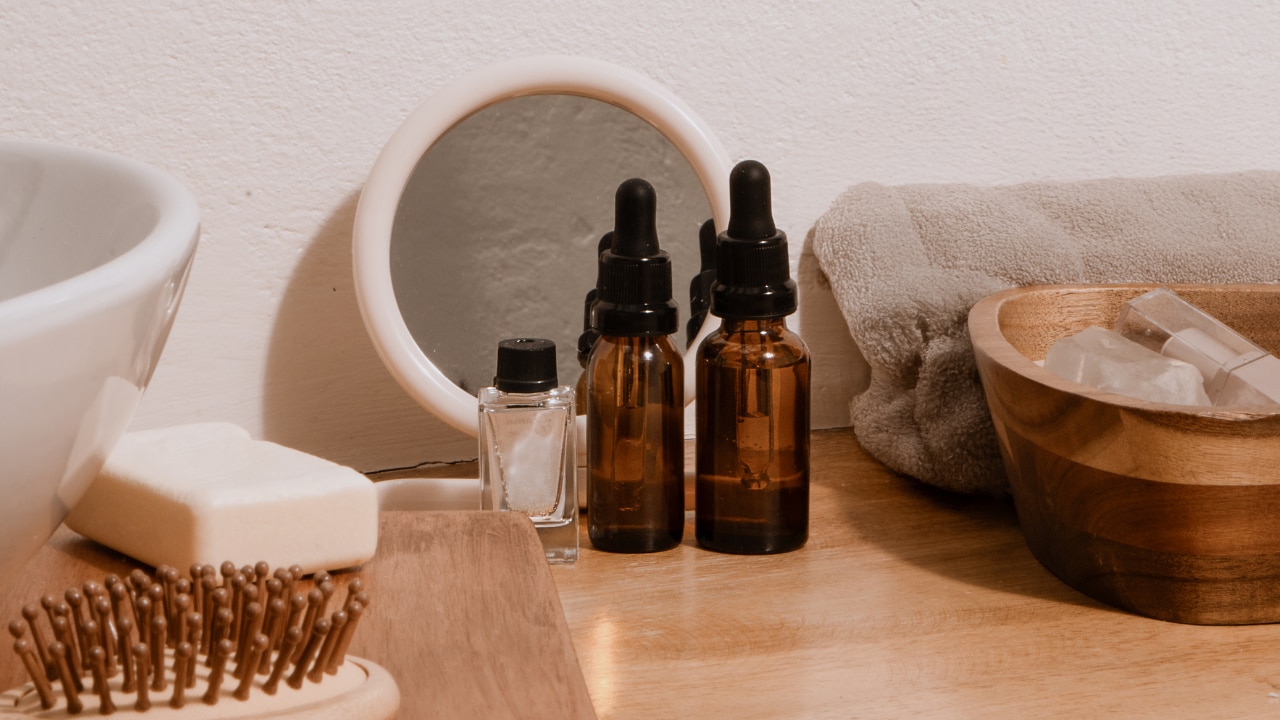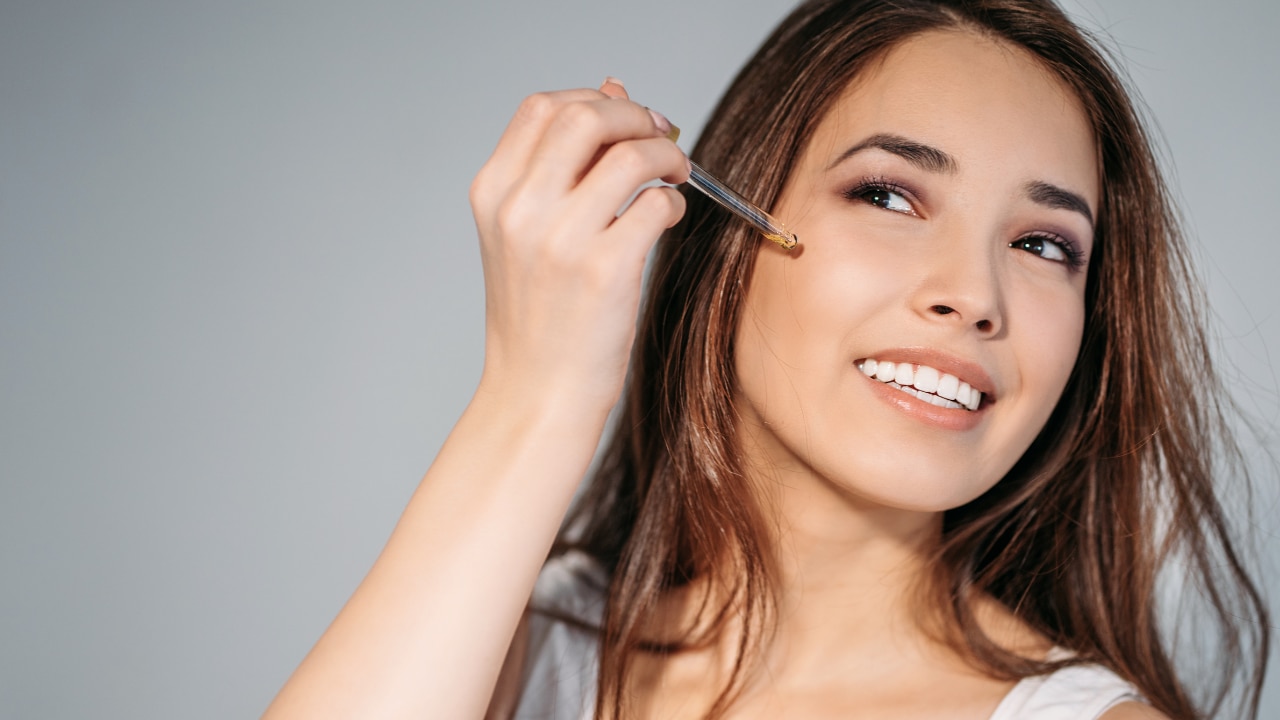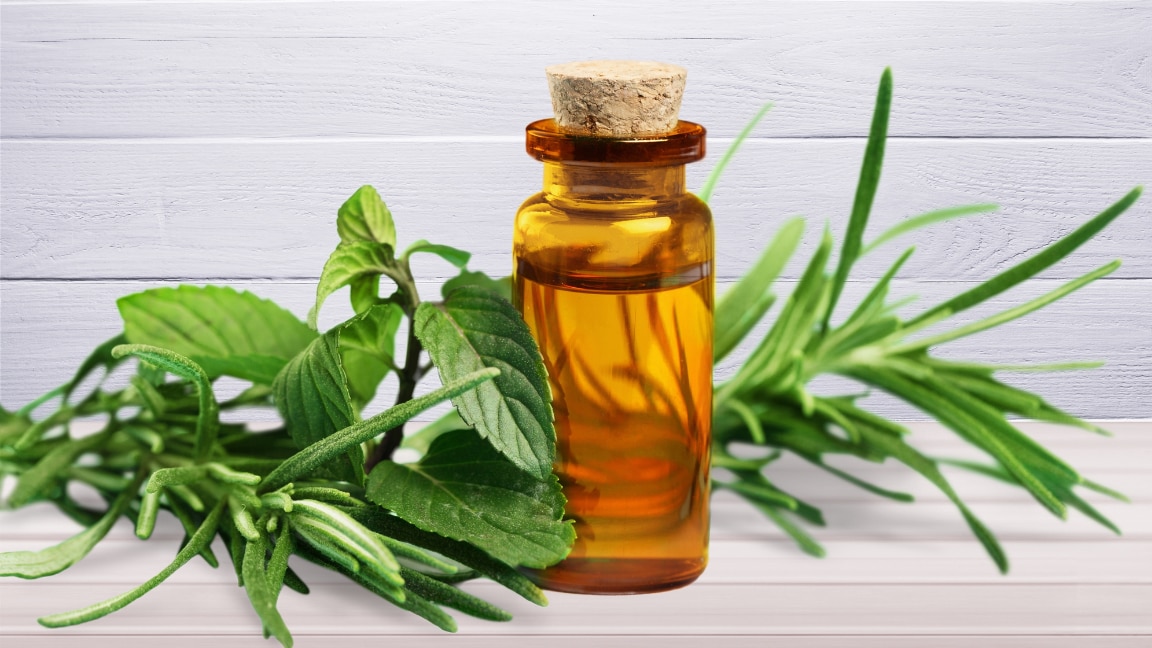- 01 What Is Tea Tree Oil and Why It’s Good for Your Face
- 02 Benefits of Tea Tree Oil on Face
- 03 How to Use Tea Tree Oil on Face (Safely and Effectively)
- 04 Tea Tree Oil Uses for Face: Different Ways to Add It to Your Routine
- 05 Expert Tips for Using Tea Tree Oil on Face
- 06 Tea Tree Oil Face Wash and Face Mask Ideas
- 07 Conclusion
- 08 FAQs
Tea tree oil has become a staple in natural skincare routines, celebrated for its antibacterial, antifungal, and anti-inflammatory properties. Known as a powerful essential oil, it helps fight acne, reduce redness, and promote a clear, glowing complexion. If you've been searching for a natural solution to tackle breakouts or soothe irritated skin, tea tree oil might just be your new best friend.
01What Is Tea Tree Oil and Why It’s Good for Your Face

Tea tree oil is derived from the leaves of the Melaleuca alternifolia plant, native to Australia. Its key active compound, terpinen-4-ol, is responsible for its potent antibacterial and anti-inflammatory effects. This makes it highly effective against acne-causing bacteria, while also calming redness and preventing further irritation.
Unlike harsh chemical treatments, tea tree oil works naturally to support the skin's balance, making it suitable for both oily and combination skin types. However, due to its potency, it must be used carefully to avoid irritation.
02Benefits of Tea Tree Oil on Face

Tea tree oil provides a wide range of benefits when incorporated into your skincare routine:
- Fights acne naturally – Kills acne-causing bacteria and reduces breakouts.
- Reduces inflammation – Soothes redness, swelling, and irritation.
- Controls excess oil – Balances sebum production for a matte finish.
- Prevents scars – Promotes healing and reduces post-acne marks.
- Cleanses deeply – Removes impurities and unclogs pores.
- Gentle antibacterial action – Works without harsh chemicals.
These benefits make tea tree oil face treatments a popular choice for those seeking natural, effective skincare.
03How to Use Tea Tree Oil on Face (Safely and Effectively)

Tea tree oil is highly concentrated, so applying it directly can cause skin irritation or dryness. Always dilute it with a carrier oil, such as jojoba, almond, or coconut oil, before applying it to your skin. Here's a step-by-step guide:
- Dilute the oil – Mix 2–3 drops of tea tree oil with 1 teaspoon of a carrier oil.
- Patch test – Apply a small amount to the inner arm to check for allergic reactions.
- Cleanse your face – Start with a freshly washed face for optimal absorption.
- Apply carefully – Dab the diluted oil onto affected areas using a cotton swab.
- Leave it on – Allow it to absorb for 15–20 minutes, or overnight for spot treatment.
- Moisturize afterward – Use a gentle moisturizer to prevent dryness.
Following these steps ensures that you reap the benefits of tea tree oil without irritation.
04Tea Tree Oil Uses for Face: Different Ways to Add It to Your Routine

Tea tree oil is versatile and can be incorporated into your skincare in several ways:
- As a Spot Treatment – Target pimples directly with diluted tea tree oil to reduce inflammation.
- In a Face Wash – Add 1–2 drops to your regular cleanser for antibacterial benefits.
- As a Face Mask – Mix tea tree oil with honey, yogurt, or clay to create a soothing mask.
- With Moisturizer – Combine with your daily moisturizer for gentle acne prevention.
- As a Steam Add-In – Add a few drops to a bowl of hot water and steam your face for a deep cleanse.
These simple methods make it easy to include tea tree uses for face in your daily routine.
05Expert Tips for Using Tea Tree Oil on Face

- Always dilute tea tree oil before applying to skin.
- Use spot treatments rather than full-face applications if you have sensitive skin.
- Incorporate it 2–3 times a week to avoid over-drying.
- Combine with soothing oils like aloe vera or jojoba for better hydration.
- Patch test before first use to prevent reactions.
- Pair with a holistic routine including hydration, a balanced diet, and gentle cleansing.
For an extra hair and scalp boost while keeping your skin routine natural, you can try products like Indulekha Hair Oil, which complements a holistic self-care regimen by nourishing hair and promoting overall scalp health.
06Tea Tree Oil Face Wash and Face Mask Ideas

For those looking to expand their routine, tea tree oil can enhance homemade or commercial products:
- DIY Tea Tree Oil Face Wash: Mix a few drops of tea tree oil with your mild cleanser. Wash gently to help prevent acne and remove impurities.
- Tea Tree Oil Face Mask: Blend 1–2 drops of tea tree oil with clay or honey. Apply for 10–15 minutes before rinsing to reduce breakouts and calm redness.
Even small integrations of tea tree oil can make a noticeable difference in your skin texture and clarity.
07Conclusion
Tea tree oil is a natural, effective, and versatile ingredient for achieving healthy, glowing skin. From spot treatments to masks and cleansers, it offers antibacterial, anti-inflammatory, and soothing benefits. By using it safely and consistently, you can manage acne, reduce redness, and maintain balanced skin.
08FAQs
Q1: Can tea tree oil be applied directly to the face?
No. It should always be diluted with a carrier oil to prevent irritation.
Q2: How often should I use tea tree oil on my face?
2–3 times a week is sufficient for most skin types; sensitive skin may need less frequent use.
Q3: Can tea tree oil help with acne scars?
Yes, regular use can help reduce inflammation and promote healing, which may reduce post-acne marks.
Q4: Is tea tree oil safe for daily use?
Only in diluted form. Overuse can cause dryness or irritation.
Q5: Can I mix tea tree oil with commercial skincare products?
Yes, it can be added to cleansers, moisturizers, or masks for added antibacterial benefits.









